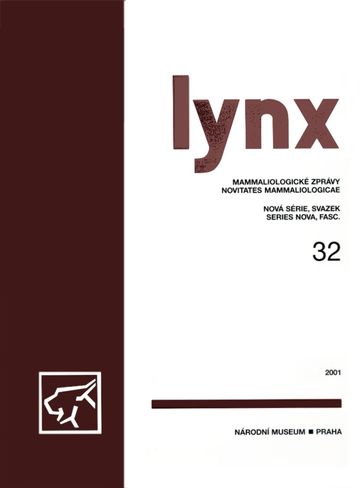Anastasia K. Markova, Nikolai G. Smirnov, Pavel A. Kozincev, Fedora I. Khenzykhenova, Alexandra N. Simakova, Aadya V. Alekseeva, Lev M. Kitaev, Alexander V. Kožarinov
Information on about 1600 Holocene mammal localities of the former Soviet Union was generalized in the form of electronic database HOLFAUNA. The computer maps of mammal ranges for the main Holocene intervals were constructed. The main features of the species composition and distribution in mammal…
